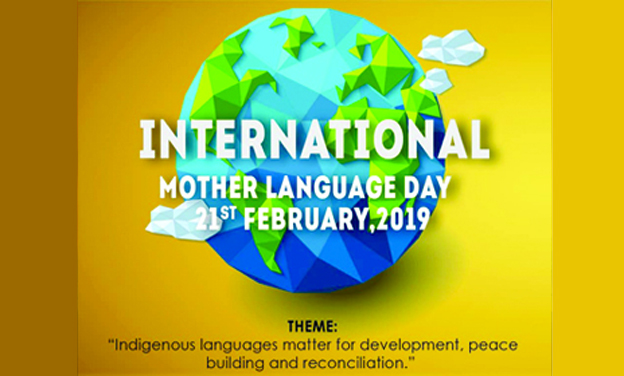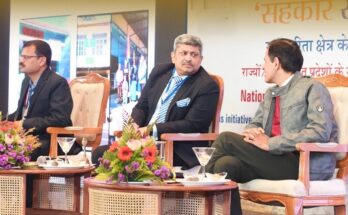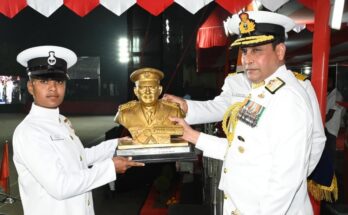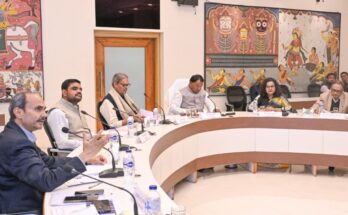By Anish Bhattacharjee
IMLD or the International Mother Language Day is a day of celebration and evaluation of the languages assigned on 21st of February every year honouring the martyrdom for the Bengali language taken place in Bangladesh way back in 1952 on 21st of February from 2000 worldwide regarding preservation and protection of languages and related culture and ethnicity.
And in the context of the North-east India, the day is very much important for preserving, protecting and continuing the tradition.
On 21st of February, 1952 the Bengali speaking students and commoners have protested against the
order of the rulers of Pakistan for making Urdu the official language of the entire Pakistan as well demanding Bengali as the official language for East Pakistan. The police has fired on the mob and the youths Salam, Rafiq, Barkat, Jabbar have martyred for mother language.
UNESCO has honoured the martyrdom in 1999 and from 2000 the day of 21st February has been observing as the IMLd throughout the world. Now, the situation of languages throughout the world is not very hopeful, according to the researches as a language is dying in every two weeks from the world. Once there have been 7,106 languages in the world among which 6,500 languages only exist at present.
In 1777, once popular language of England Cornish has died as the only user of that language Dolly Pentrith died. In the same way, in 2010 an Indian dialect Bo has abolished as the only speaker of that language Boa Senior has died. In 1992, German linguist Hans Jurgen has brought out his theory of the Death of Language. It is very much evident that, languages are dying for less use, lack of interest of use among the speakers and the unprecedented love for other languages.
At present India has 22 official languages and 19,500 dialects. In consideration of all the living languages of the world there are 2000 languages which are used by less than 1000 people. Hence these languages are also in the threat of extinction.
Now, if we look at the north-eastern India, in eight states there are a total of 220 languages and dialects. The entire north-east is incredible with natural beauty as well as for rich and diverse ethnic culture. Now, the language not necessarily means some alphabets or words or mere expression.
A language is very expression of the culture, tradition, festivity and the whole of life style of a community. At the age of globalisation, English has truly turned into the world-language. And at present without using English keeping up in pace with the contemporary world is almost impossible. But, the question here then what is to be done with our ethnic culture and indigenous language ?
The north-east India has always been a soft ground for globalised elements to pour into and to influence. As a result, the nature-oriented tribes have exploited to other religions and their ethnic culture and indigenous languages have started to trail behind. Even, the educated classes of the tribes have started to feel ashamed to use their mother languages and very consciously have been dwindling their next generation away from their root.
At the same time, there is another aspect that till date a larger section of those tribes are forest dwellers or rural inhabitants struggling hard to earn their meals. But their next generation are well equipped with technological advances and excellence and are being inclined to the alluring world of modernity much beyond their ability. And the society dominated with the immigrants and their separate culture and language in many cases are envious examples before them of a wealthy life which has often been acclaimed on their own land.
At this point, the crisis has become multifaceted originated from the basic instinct of neglect of mother language. The tribes are often in dilemma of being more deprived or being more exploited. At the same time they have failed to overcome the undignified attitude towards their mother language. And the scenario is all the more same throughout the world. Probably from this viewpoint, the UNESCO has declared this year’s IMLD theme as ”indigenous language matter for development, peace building and reconciliation”.
And it has turned up on the shoulders of the dominant language groups and the governments of the north-east states to ensure environment for preservation, protection, use and dignity of the indigenous languages of the north-east India as ample forces and situations are there to exploit and influence them against our unity and wellness of rich and diversified linguistic treasure of India.




